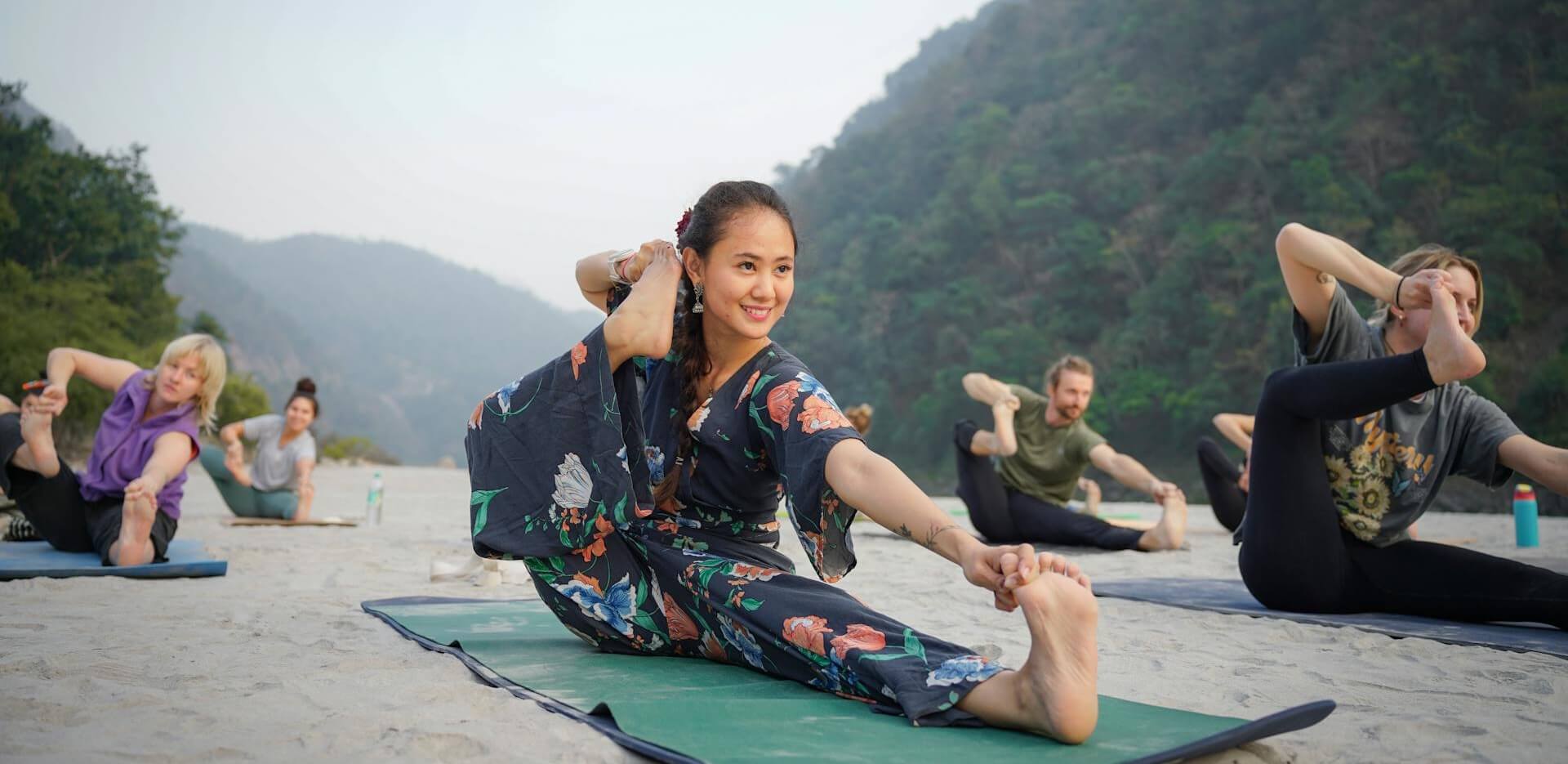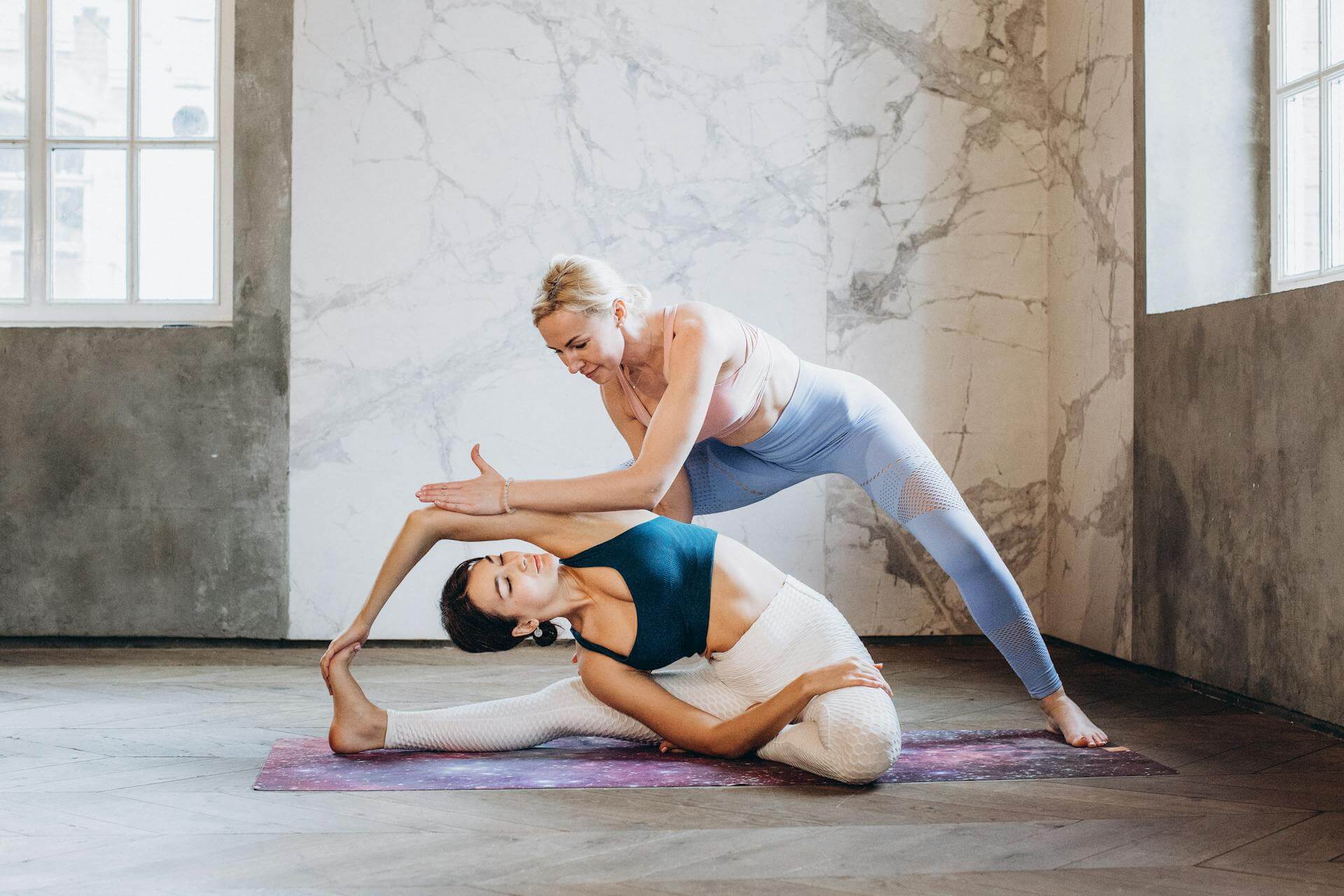
Breaking down the language barriers: Teaching yoga to ESL students
One of the main reasons I became a yoga teacher was because of its transferability to an international lifestyle. I was born on one continent, ethnically from another, raised in yet another, and (you guessed it) now live in another. While English is my primary language, I’m regularly in linguistically different settings, and so is my work as a yoga teacher. My teaching continues to shift and morph to fit new scenarios with an effort to respect the expectations of the students, the space, and the general culture of wherever the practice may be. Before sharing some tips, I want to clarify that I have only taught in English and that my experience is for asana-based yoga in Vinyasa, Hatha, and a sliver of prenatal styles. While I may have insight for general yoga instruction, I am still curious and building instincts in guiding meditation, pranayama, or breathwork sequences.
1. Introduce the class.
If you don’t already, prefacing your class with any introduction can create a comfortable space for yogis to have a glimpse of what is to come and build trust right from the beginning. You could preface your style of teaching, give a hint of the sequence plan, or simply introduce yourself.
2. Be clear, concise, and human.
My “yoga voice” took some time to adjust to ESL spaces. I automatically found myself taking on a brighter tone, more pauses, and generally talking a smidge louder than usual. Be aware of how your voice is being received, and if you are unsure if you are understandable, then appropriately ask for feedback. Loud, enunciated, and short sentences can be effective communication but can also create a more rigid or robotic tone in your class.
3. Cut filler words
Especially for mixed language classes, verbal cueing becomes ever more important to pare down to keep the ideas clear. Filler language aside from the obvious “um,” “so,” and “and then” could be things like “the next thing we will do,” “from here you are now going to,” and any unnecessary language that overcomplicates instruction.
4. Don’t assume any “common” lingo; expand on the abstract.
On the reverse, more explanation may be necessary for vague or unfamiliar language. Forward fold, downward dog, cobra, and chair may be exceptionally recognizable in many countries, but many pose names are not internationally familiar and need additional cues. I usually offer the pose name first and add one to two other cues even for well-known asanas. When teaching vinyasa, I decrease explanation as the poses are repeated more.
The same goes for adjustment language. Someone once approached me with the valid question, “What does square your hips mean?” Phrases like “scoop your pelvis forward” or “hollow body” might need explanation or a totally different alternative for getting the desired adjustment. Reading the room and understanding when that is necessary and not is an instinct that grows over time.
5. Make your metaphors count/use universal references.
Sometimes the simple things cause the most chaos. Choose your lovely poetic instructions wisely. Some metaphors are highly effective, while others can leave someone confused unnecessarily. Think about what is recognizable in that location and if two people from opposite ends of the world could relate to it. If unsure, leave it out.
6. Repeat, demo, and keep people safe.
Remember that especially through a language barrier, your number one priority is the safety of your yogis. Get used to repeating more complicated transitions or even demoing them before attempting them. Use your discretion to weigh the comprehension and risk of the pose or transition, and do not be afraid to leave poses out or have a few clumsy transitions on behalf of safety.
7. Practice what you preach.
Being seeable for the practice is perhaps the most insurable way to create an anchor to practice alongside. When I began teaching more regularly in non-English-speaking settings, I found myself bound to my mat at the front more than I was used to. If verbal cues are not efficient, a picture can say a thousand words. But that doesn’t mean you have to exhaust yourself. Sequencing with repeating patterns gives you more freedom to wander around once the rhythm has been set; it can also create a level of comfort and empowerment as yogis can be more in their bodies and think less about trying to understand every word.

8. You won’t reach everyone verbally; it’s ok.
There is no way to completely ensure comprehension, whether through a language barrier or not. Even after repetition or direct cueing to a specific person, sometimes they still don’t understand what I am getting at. I’ve learned by now to not take it personally and move on.
9. Take a class not in your first language.
If you have not already, I would definitely suggest taking a class in a less familiar language for many reasons. Experience what it is to practice in another language; it can give insight into how to structure and speak in your own teaching. Language is also a fragment of cultural differences that can be equally helpful in understanding more than the linguistic communication. Body language, class sequences, styles, and expected yogi/yoga teacher dynamics shift in every new setting, and you can experience and observe to understand how your teaching relates to the other options around you.
10. Bonus: include another language phrase from your host setting.
This happened completely by accident a few weeks ago, and it was great! If you happen to catch any relevant words in the language resonant with the class you are teaching, it can be a little charm to respect and acknowledge the bigger picture beyond your class.


